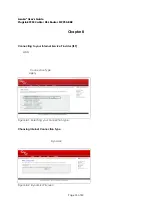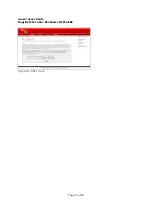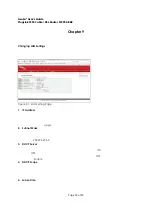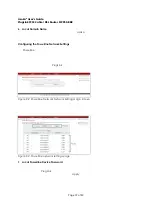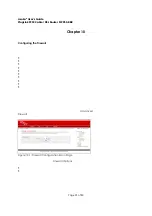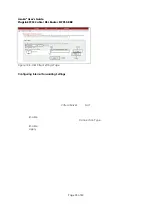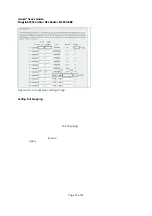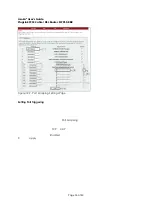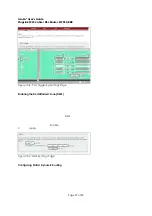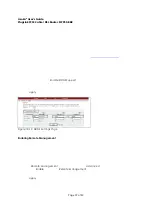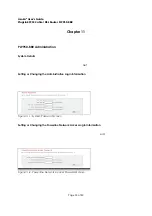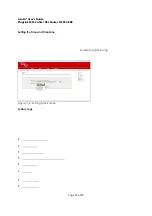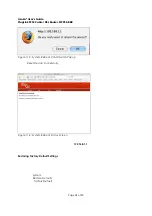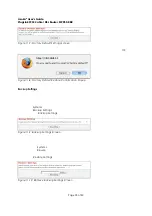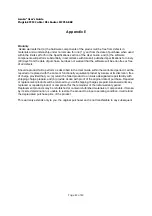
Asoka® User’s Guide
PlugLink 9950 Cable/ DSL Router PL9950-BBR
Page 28 of 43
Figure 10-10: Static Routing Settings Page
Dynamic routing function allows the router to automatically adjust to physical changes in the
network’s layout. The PL9950-BBR uses dynamic RIP protocol. It determines the route that the
network packets take based on the fewest number of hops between the source and the
destination. The RIP protocol regularly broadcasts routing information to other routers on the
network.
Figure 10-11: Static Routing Settings Page
Enabling/ Disabling UPnP
UPnP (Universal Plug-and-Play) is yet another advanced feature offered by your PlugLink router.
It is a technology that offers seamless operation of voice messaging, video messaging, games
and other applications that are UPnP-compliant. Some applications require the router’s firewall
to be configured in a specific way to operate properly. This usually requires opening TCP and
UDP ports, and in some instances, setting trigger ports. An application that is UPnP-compliant has
the ability to communicate with the router, basically ‘telling’ the router which way it needs the
firewall configured. The router ships with the UPnP feature disabled. If you are using any
applications that are UPnP-compliant, and wish to take advantage of the UPnP features, you
can enable the UPnP feature. Under the
UPNP
link in the Sub menu under
Advanced
, simply
select
Enable
. Click
Apply
to save the change.
Figure 10-12: UPnP Settings Page
Using Dynamic DNS
The Dynamic DNS service allows you to alias a dynamic IP address to a static host name in any
of the many domains DynDNS.org offers, allowing your network computers to be more easily


